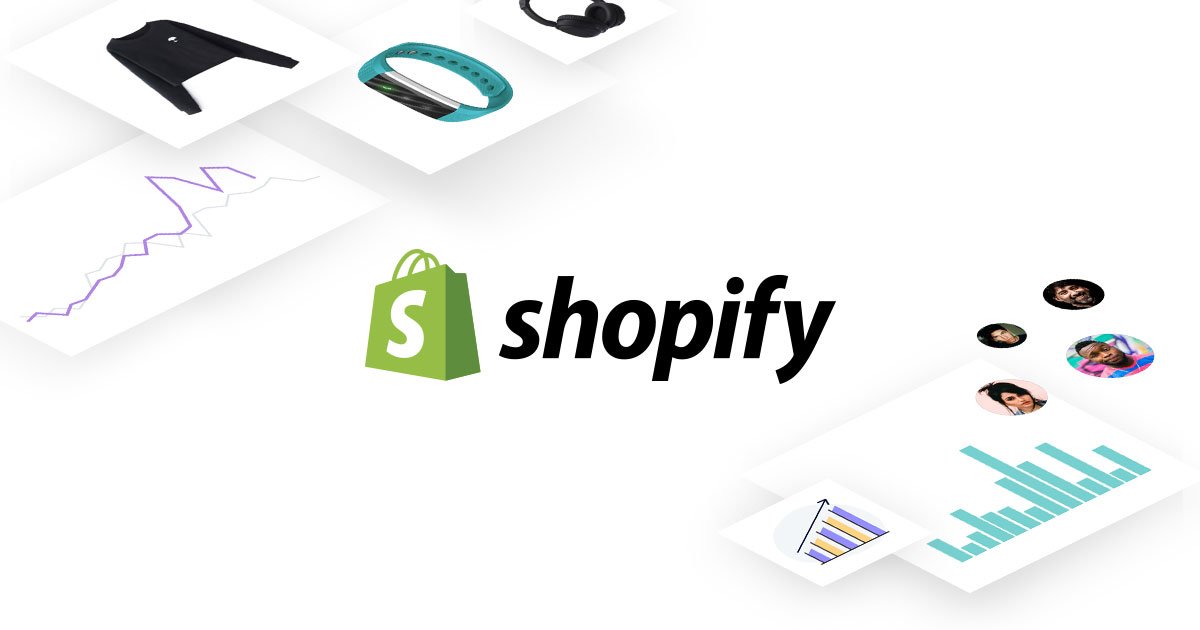n an age where online shopping has become the norm, the potential for making money through e-commerce is immense. Many aspiring entrepreneurs dream of quitting their day jobs and creating a passive income stream that allows them to work from anywhere. Building a Shopify store is one of the most effective ways to turn that dream into reality. In this guide, we’ll walk you through the steps to create a Shopify store that generates income 24/7, helping you move closer to financial freedom.

Why Choose Shopify?
- User-Friendly Interface: Shopify’s intuitive dashboard makes it easy for anyone to set up a store, regardless of technical expertise.
- Customizable Themes: The platform offers a range of professional themes that can be customized to match your brand identity.
- Integrated Payment Options: Shopify supports various payment gateways, making it convenient for customers to shop with ease.
- Scalability: Whether you’re starting small or planning for growth, Shopify can scale with your business needs.
- 24/7 Support: Shopify provides round-the-clock customer support, ensuring you have assistance whenever you need it.
By leveraging Shopify, you can create an online store that works around the clock, generating sales even while you sleep.
Choose a Profitable Niche
The first step in building a successful Shopify store is selecting a niche that will generate consistent income. Here’s how to find a profitable niche:
- Identify Your Passions and Interests: Start by brainstorming topics you’re passionate about. Choosing a niche that excites you will make the journey more enjoyable and sustainable.
- Conduct Market Research: Use tools like Google Trends, SEMrush, and Ubersuggest to identify popular trends and topics within your areas of interest. Look for niches that have high search volume and low competition.
- Evaluate Profitability: Ensure your chosen niche has products that can yield a good profit margin. Consider factors like production costs, shipping, and potential pricing strategies.
For example, niches like eco-friendly products, home fitness equipment, or personalized gifts are gaining traction and may be worth exploring.

Source Your Products
Once you’ve identified your niche, it’s time to find products to sell. You have a few options for sourcing products:
- Dropshipping: This model allows you to sell products without holding inventory. When a customer places an order, the supplier ships the product directly to them. This method is perfect for those looking to minimize upfront costs and risks.
- Wholesale: Purchase products in bulk from manufacturers or distributors at a discounted rate. This option may require a larger upfront investment but can lead to higher profit margins.
- Private Labeling: Create your own brand by purchasing generic products and branding them as your own. This gives you more control over product quality and pricing.
Shopify integrates with dropshipping apps like Oberlo and Spocket, making it easy to find and add products to your store.
Set Up Your Shopify Store
With your niche and products in mind, it’s time to set up your Shopify store. Follow these steps:
- Create a Shopify Account: Sign up for Shopify’s free trial and explore the platform’s features.
- Choose a Domain Name: Your domain should reflect your brand and be easy to remember. You can purchase a domain through Shopify or use a third-party provider.
- Select a Theme: Choose a professional-looking theme that suits your brand. Shopify offers many free and premium themes that can be easily customized.
- Add Products: Start adding products to your store. Include high-quality images, engaging descriptions, and clear pricing information. Make sure to optimize product titles and descriptions for search engines.
- Set Up Payment Gateways: Enable payment gateways that suit your target market. Shopify supports options like credit cards, PayPal, and Apple Pay, ensuring a seamless checkout experience for customers.
- Configure Shipping Options: Set up your shipping rates and methods. Consider offering free shipping to attract more customers, and clearly communicate your shipping policy on your site.
Optimize Your Store for SEO

To ensure your Shopify store attracts organic traffic, you need to optimize it for search engines. Here are some key SEO strategies:
- Keyword Research: Identify relevant keywords your target audience is searching for. Use tools like Google Keyword Planner and Ubersuggest to find high-traffic keywords related to your niche.
- On-Page SEO: Optimize your product titles, descriptions, and URLs with your target keywords. Make sure to include keywords naturally to enhance readability.
- Content Marketing: Create valuable content around your niche, such as blog posts, guides, or how-to videos. This not only improves your SEO but also establishes your authority in the market. For instance, if you’re selling fitness products, consider writing a blog post on “Top 10 Exercises to Do at Home.”
- Meta Tags: Ensure your meta titles and descriptions are optimized with relevant keywords to improve click-through rates from search engines.
Create a Marketing Strategy
With your store set up and optimized for SEO, it’s time to develop a marketing strategy to drive traffic and sales. Here are some effective tactics to consider:
- Social Media Marketing: Utilize platforms like Instagram, Facebook, and Pinterest to promote your products. Share engaging content, run contests, and connect with your audience to build a community around your brand.
- Email Marketing: Build an email list by offering a lead magnet, such as a discount or free resource. Use email marketing platforms like Mailchimp or Klaviyo to send regular newsletters, product promotions, and updates to your subscribers.
- Influencer Collaborations: Partner with influencers in your niche to reach a wider audience. Influencers can help promote your products and build credibility for your brand.
- Paid Advertising: Consider running paid ads on platforms like Facebook and Google. These ads can be targeted to specific demographics, helping you reach potential customers who are most likely to buy.
- Affiliate Marketing: Implement an affiliate program to incentivize others to promote your products. Affiliates earn a commission for each sale they generate, expanding your reach without upfront costs.
Automate Your Business Processes
To create a truly passive income stream, you need to automate as many business processes as possible. Here are some areas to focus on:
- Order Fulfillment Automation: Use dropshipping apps like Oberlo to automate order processing. When a customer places an order, it is automatically sent to the supplier for fulfillment.
- Customer Support Automation: Implement chatbots on your website to provide instant answers to common customer inquiries. This ensures customers receive assistance even when you’re not available.
- Email Automation: Use automated email sequences to nurture your leads and customers. For example, set up welcome emails, abandoned cart reminders, and post-purchase follow-ups.
- Social Media Scheduling: Use tools like Buffer or Hootsuite to schedule your social media posts in advance, ensuring your brand remains active online without requiring constant attention.

Monitor and Analyze Performance
As your Shopify store grows, it’s essential to monitor and analyze its performance regularly. This will help you identify areas for improvement and optimize your strategies. Here’s how to do it effectively:
- Utilize Analytics Tools: Use Shopify’s built-in analytics dashboard and Google Analytics to track key metrics such as traffic, conversion rates, and sales performance. These insights will help you understand customer behavior and identify successful marketing strategies.
- A/B Testing: Experiment with different strategies by A/B testing various elements on your site, such as product pages, pricing, and marketing campaigns. This allows you to optimize your store for better performance.
- Customer Feedback: Regularly solicit feedback from customers through surveys or reviews. Understanding their experiences will help you enhance your products and customer service.
Scale Your Business
Once your Shopify store is generating consistent income, consider scaling your business to maximize your profits. Here are some strategies for growth:
- Expand Your Product Range: Add complementary products to your store to attract more customers and increase average order value. If you’re selling fitness equipment, consider adding workout gear or nutritional supplements.
- Explore New Sales Channels: Consider selling on additional platforms like Amazon, eBay, or Etsy to reach a broader audience. Shopify makes it easy to integrate with multiple sales channels.
- Invest in Advertising: As your revenue grows, consider increasing your advertising budget to reach a larger audience. Experiment with different ad formats and targeting options to optimize your campaigns.
- Build a Brand Community: Foster a sense of community around your brand by engaging with your customers through social media and email marketing. Encourage user-generated content and testimonials to strengthen your brand’s reputation.

Conclusion
Creating a Shopify store that brings in money 24/7 is not just a dream; it’s an achievable goal with the right strategies in place. By choosing a profitable niche, setting up your store, optimizing for SEO, and automating your processes, you can build a sustainable source of passive income. Remember, success doesn’t happen overnight, but with persistence, dedication, and the right approach, you can ditch your day job and enjoy the freedom that comes with financial independence. Start your journey today and take the first steps toward creating a thriving Shopify store!

